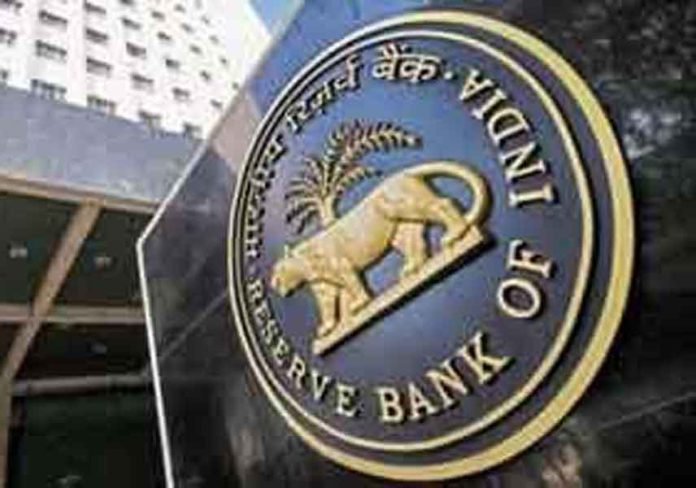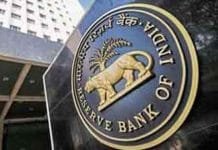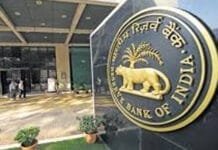The Reserve Bank of India (RBI) has opted for continuity over change in its August 2025 Monetary Policy Committee (MPC) meeting, maintaining the repo rate at 5.5%. This decision reflects a calibrated strategy aimed at preserving economic momentum while keeping inflation under control. RBI Governor Sanjay Malhotra, in his address from Mumbai, emphasized the importance of macroeconomic stability and noted that the neutral stance would provide the central bank flexibility in a dynamic global environment.
No Change in Repo Rate: RBI Prioritizes Stability
Following a three-day policy deliberation, the MPC unanimously agreed to keep the benchmark repo rate unchanged at 5.5%, signaling a pause after two consecutive reductions earlier this year — 50 basis points in June and 25 basis points in April. This pause comes amidst volatile global economic trends, rising commodity prices, and a complex domestic financial landscape.
By maintaining the current rate, the RBI aims to provide a stable monetary environment for industries and consumers alike, ensuring that inflation remains within the target band of 4% (+/-2%) while supporting credit growth and investment sentiment.
EMIs Remain Unchanged: Relief for Borrowers
For millions of borrowers across the country, the unchanged repo rate translates to no immediate change in EMIs for home loans, car loans, and other borrowings tied to external benchmark rates. This decision comes as a breather for households grappling with the rising cost of living.
Banks, which typically link loan interest rates to the repo rate, will maintain the status quo on lending rates for now. However, market analysts caution that the future trajectory of interest rates will depend heavily on inflation trends, global financial conditions, and the upcoming festive season’s impact on demand.
Governor Malhotra: “Neutral Stance is the Right Call for India Now”
In his live address, Governor Sanjay Malhotra explained the rationale behind the RBI’s decision:
“India’s economy is at a pivotal juncture. While growth remains resilient, we must remain vigilant about external shocks and domestic inflationary pressures. The MPC’s neutral stance ensures we are neither too restrictive nor too accommodative, allowing the economy the flexibility it needs.”
Malhotra highlighted key factors influencing the decision, including:
Moderating inflation, particularly in food prices
Steady growth in core sectors
Strong forex reserves providing external sector comfort
Global uncertainty, especially in advanced economies dealing with stagflationary threats
Inflation Outlook: Optimism with Caution
The RBI projects CPI inflation to average 4.6% for FY2025-26, a slight moderation from earlier estimates. While food prices remain susceptible to climatic conditions, core inflation has shown signs of easing due to supply-side interventions and base effect advantages.
Despite the optimism, the RBI cautions that risks persist from:
Erratic monsoons and uneven crop sowing
High international crude oil prices
Geopolitical disruptions in global trade routes
The central bank reiterated its commitment to a “withdrawal of accommodation” as and when inflation risks rise again.
Growth Forecast Remains Robust at 7.0%
India’s GDP growth projection for FY2025-26 remains unchanged at 7.0%, underpinned by strong domestic consumption, infrastructure spending, and improving credit flows. RBI expects momentum to pick up further in Q3 and Q4, especially as the festive season boosts demand.
Sectors leading the charge include:
Manufacturing, aided by the PLI schemes
Construction, driven by government-backed infra projects
Services, particularly in tourism, IT, and logistics
Private capex is also showing signs of recovery, as corporates unlock fresh investment cycles amid a more predictable monetary policy regime.
Liquidity & Banking Sector Updates: Controlled Expansion Ahead
The central bank acknowledged the ample liquidity in the system and affirmed that it would manage excess liquidity through appropriate tools including Variable Rate Reverse Repo (VRRR) auctions and Open Market Operations (OMOs).
Key announcements:
Statutory Liquidity Ratio (SLR) and Cash Reserve Ratio (CRR) remain unchanged.
RBI to enhance liquidity forecasting frameworks in collaboration with commercial banks.
New guidelines to ensure faster transmission of rate decisions to end consumers.
The banking sector remains healthy and capitalized, with the Gross NPA ratio at a 10-year low. Credit growth, especially in retail and MSME segments, has accelerated, with annualized growth touching 14.2% as of July 2025.
Digital Currency & Fintech: Policy Clarity Coming Soon
Governor Malhotra confirmed that the RBI is working closely with stakeholders to expand the pilot program for the Digital Rupee (e₹). Full-scale adoption in select urban corridors may begin by early 2026, with interoperability with UPI and NEFT systems being prioritized.
Additional updates:
A regulatory framework for AI-driven financial products will be issued in Q4.
A separate sandbox for climate-fintech innovations will be launched under the RBI Innovation Hub.
Enhanced KYC norms for digital NBFCs and lending apps are under review.
External Sector: Comfortable Forex Reserves and Stable Rupee
India’s foreign exchange reserves stand robust at $654.8 billion as of end-July, providing a critical buffer against global shocks. The Indian Rupee has remained relatively stable, averaging ₹82.60/$ over the past quarter, helped by steady capital inflows and lower trade deficit figures.
Governor Malhotra underscored that the RBI will continue to intervene in forex markets only to curb excessive volatility and not to fix any specific exchange rate level.
Forward Guidance: Data-Driven, Not Calendar-Based
Reinforcing a data-dependent approach, the RBI emphasized that future rate actions would hinge on:
Headline and core inflation trends
Real sector activity indicators
Global monetary policy cues
Fiscal-monetary policy interplay
With the US Fed and ECB still maintaining tight monetary stances, the RBI is expected to tread cautiously, possibly remaining on hold until early 2026 unless inflation surprises on the upside.
Market Reaction: Equities Cheer, Bonds Steady
The markets responded positively to the MPC outcome. Key highlights:
Nifty Bank Index jumped 1.2% intraday, led by HDFC Bank and ICICI Bank
10-year G-Sec yield held steady at 6.78%
Rupee gained 12 paise against the US Dollar
Market analysts interpret the move as a vote of confidence in India’s economic resilience, especially in a globally uncertain environment.
Conclusion: RBI Stands Firm with a Watchful Eye
The August 2025 MPC policy decision to hold the repo rate at 5.5% sends a clear message — the RBI is focused on macro stability, measured growth, and inflation management. Governor Sanjay Malhotra’s emphasis on neutrality reflects a broader strategy of navigating a complex global backdrop while nurturing India’s domestic economic revival.
As the festive season approaches and geopolitical developments evolve, all eyes will remain on the RBI’s data cues and upcoming October 2025 MPC meeting for further directional clarity.











